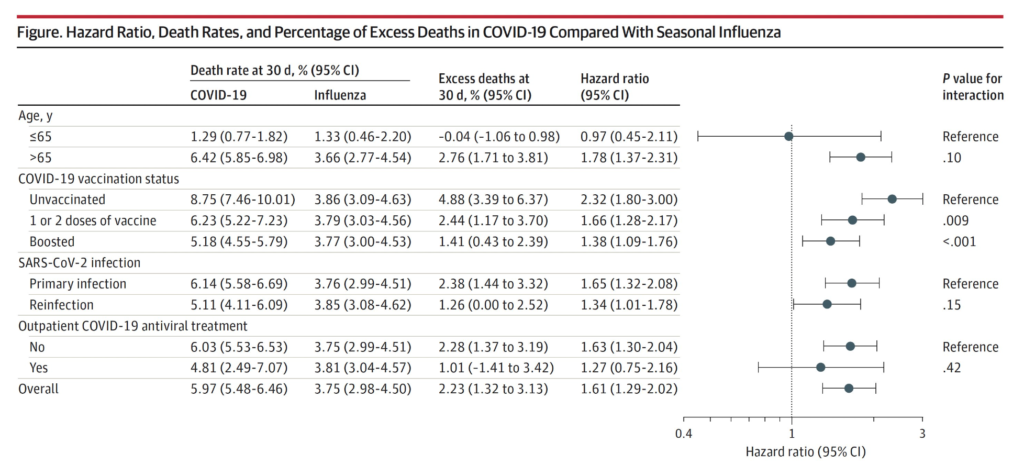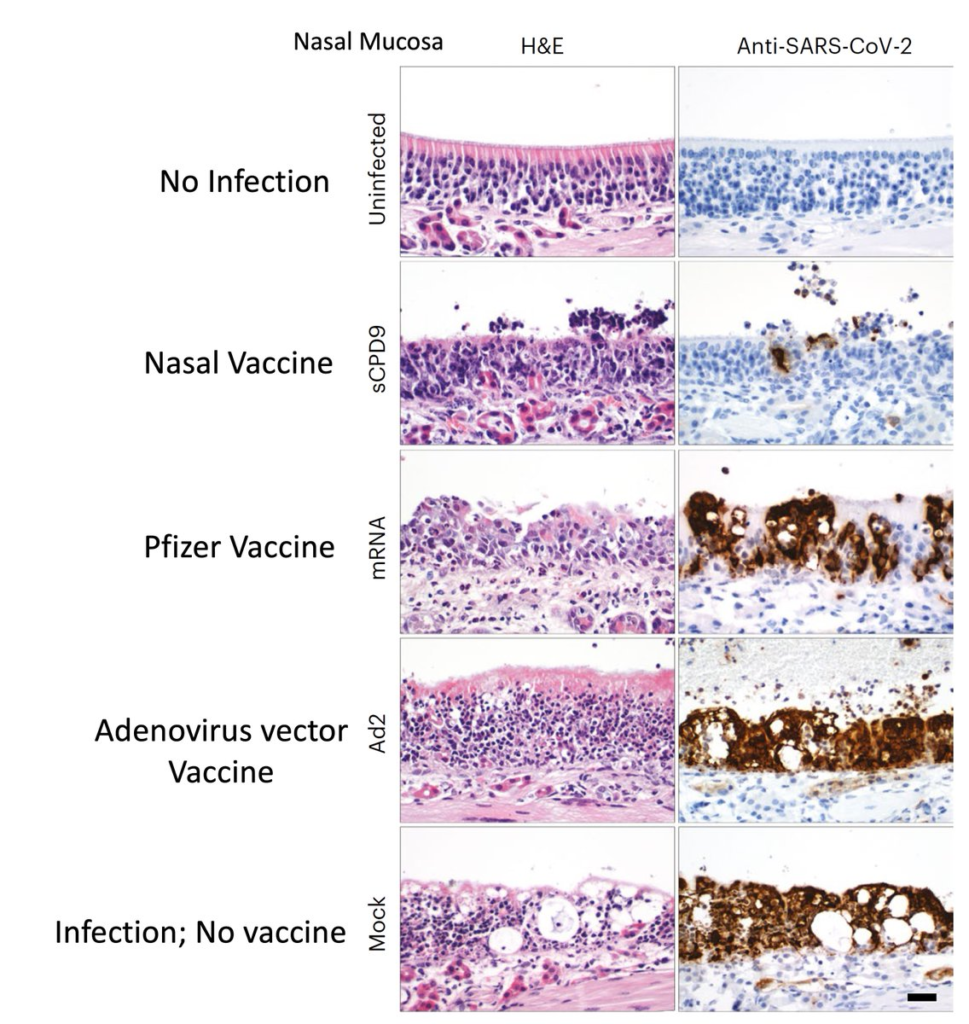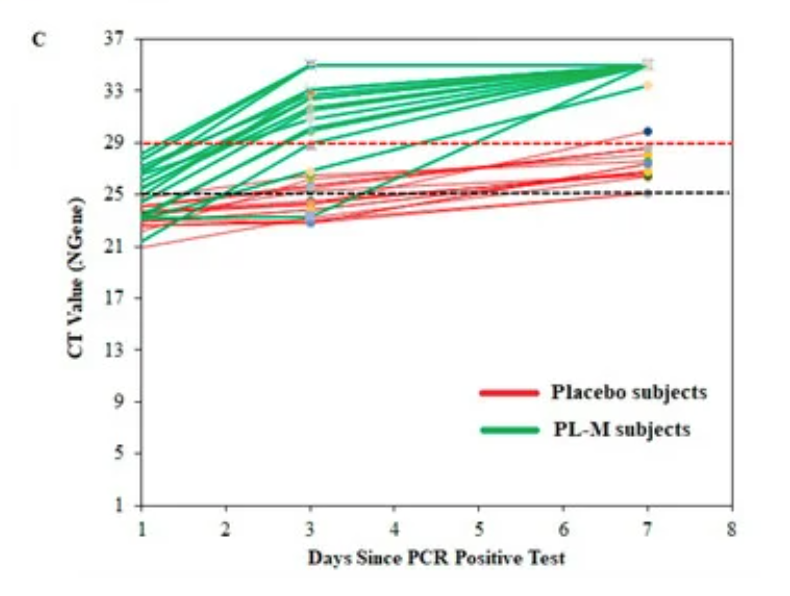Transmission
It is pretty clear to me that COVID-19 spread is airborne — there has been lots of evidence in the literature for that — but I had not seen any evidence that it spread via surface contact (fomites). This paper from the UK makes a strong case for fomites being important. They tracked household members carefully, they swabbed hands, they swabbed surfaces, they swabbed noses, and they found that the presence of COVID-19 on hands and surfaces correlated more closely with transmission than viral load in the upper respiratory tract did! So do wash your hands! (But still wear a mask.)
Mitigation Measures
This paper from Rwanda says that mask mandates were the most cost-effective mitigation measure, followed by restrictions on gathering and workplace closures. Countries with higher literacy rates and countries with significant supports had more people comply for longer.
Long COVID
This paper from South Africa found more and bigger microclots in the blood of Long COVID patients than in controls’ blood.
This article has a video embedded in it of a woman who got a stellate ganglion block (which I’ve mentioned before) which restored her sense of smell. (Note: This woman was not one of the ones mentioned in the case studies I mentioned in my 26 January 2023 General post.)
This preprint from Denmark found that 33 per 1000 (0.33%) more people who had a positive test in the initial and Alpha waves took significant sick leave than people who never had a positive test. (Note: it being early in the pandemic and in Denmark, probably everybody who wanted a test got one.)
Pathology
This case studies paper from the USA says that two babies contracted COVID-19 in the womb. One died (maybe of SIDS?), it had SARS-CoV-2 in the brain. One had brain damage. IF YOU ARE PREGNANT, GET VACCINATED AND STAY AWAY FROM SICK PEOPLE!
COVID-19 is not the flu, #93827398472983472: this paper found that people hospitalized with COVID-19 are 61% more likely to die within 30 days than people hospitalized for influenza.

Unsurprisingly, the risks were worse for COVID-unvaccinated patients and better the more COVID-19 vax they had. (The paper didn’t look at people who had gotten flu shots vs. those who hadn’t.)
This paper from Spain says that air pollution makes vaccinations less effective.
This paper from Brazil reported that when they injected spike protein directly into the brains of mice, the mice developed cognitive issues like in Long COVID. They also found a specific gene in humans which correlated with poor cognition after a COVID-19 infection, which suggests a specific receptor that blocking might help.
This paper from Spain says that COVID-19 makes dementia worse. 🙁
This paper from the USA says that pediatric asthma diagnoses dropped by 52% during the pandemic. It’s unclear if that was because of disruptions in the healthcare system or because triggers somehow became less common.

This paper (with a bunch of authors from all over) found that, compared to people hospitalized for non-COVID reasons, people hospitalized for COVID-19 had:
- At six months, more depression;
- at twelve months, significantly higher rates of irritable bowel syndrome;
- at twelve months, significantly less constipation.
This study of pediatric diabetes in Finland in the first seventeen months of the pandemic found that kids were diagnosed with type 1 diabetes at a rate of 61 per 100,000 compared to 52.3 per 100,000 before the pandemic. The pandemic kids were also sicker when diagnosed compared to the pre-pandemic kids. However, only 0.9% of the pandemic-diagnosed kids had COVID-19 antibodies! That’s bizarre. Maybe having schools closed meant they got less exercise?
Remember when a bunch of kids got hepatitis and they thought it might be a COVID-19 side effect? This paper from the UK suggests that it’s AAV2 coupled with either adenovirus HAdV and/or Herpesvirus 6B (HHV-6B) plus kids who were susceptible, either by a genetic predisposition or because they were immunocompromised. 93% of the kids had allele HLA‐DRB1*04:01.
So it looks like it is not COVID-19.
Vaccines
This paper from universities in Germany says that a nasal-administered live-attenuated vaccine (sCPD9) as a second shot — with either sCPD9 or Pfizer as a first shot — is significantly more effective in hamsters than two shots of Pfizer or two shots of sCPD9.

The hamsters also had significantly less lung damage:

Treatments
This small study from India found that ProLectin-M, a Gal-3 antagonist, was a very effective treatment. People got better faster and had fewer side effects.

This case study from Australia had one Long COVID patient (be wary of small sample sizes!) who was greatly helped by auditory processing training.
This press release says that the US FDA just approved Vilobelimab as a COVID-19 therapy, based on a study which showed 28-day all-cause mortality reduction of 23.9% compared to placebo in critically ill COVID-19 patients. Unlike Paxlovid, these were people who were really, really sick. This article mentions that it’s going to be expensive.
Variants
As per this article, India is getting hit hard right now with XBB.1.16. I guess we have a contender for the next wave. 🙁 This article, however, says that XBB.1.16 is not a big deal.
Testing
This article talks about a new device which they claim can tell if you have COVID-19 or influenza in about ten minutes.
Unwanted Side Effects
This article says that femicide rates went up during the pandemic. (It didn’t go up as much as I was afraid it would, to be honest.)

